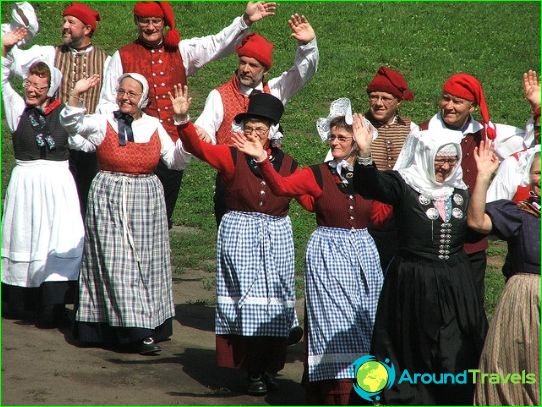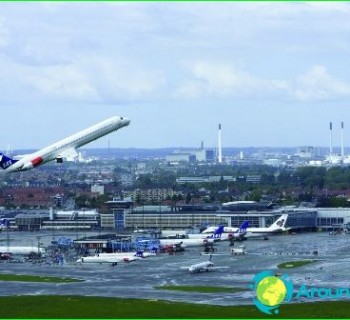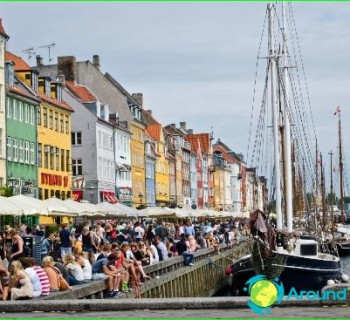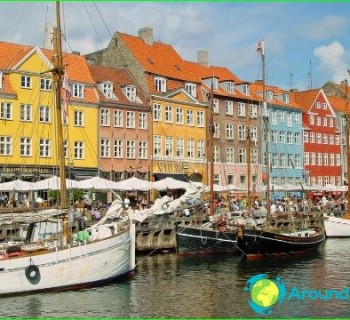Population of Denmark

Denmark has a population of over 5.5 million.
In the 1st century A.D. the territory of Denmark was inhabited by nomadic Germanic tribes (Danes, Angles, Saxons). Thanks to these tribes, the modern population of Denmark was formed, which today is very homogeneous..
The national composition of Denmark is represented by:
- Danes (98%);
- other nations (Dutch, Eskimos, Germans, Swedes, Norwegians).
The Danes, together with the Norwegians, Swedes, Icelanders and Faroese, have a lot in common (ontogeny, language, culture), so they make up a single group of Scandinavian peoples.
118 people live per 1 sq. Km, but the Danish archipelago is characterized by a high population density (2/3 of the population of the entire country lives here: the population density is 200-250 people per 1 sq. Km), and the western regions of the country are least populated (population density - 15-20 people per 1 sq. Km).
The official language is Danish, but German and English are widely used in the country..
Major cities: Copenhagen, Odense, Aarhus, Aalborg, Esbjerg, Odense, Randers, Colling.
Residents of Denmark profess Lutheranism (90%), Catholicism, Protestantism, Islam.
Life span
The male population lives on average up to 73, and the female population - up to 79 years. A fairly high life expectancy is due to the fact that the Danish state spends $ 4460 per year on healthcare for 1 person.
Despite the fact that Denmark is one of the most drinking countries, the Danes practically do not consume strong alcoholic beverages (only low alcohol ones). Good indicators of life expectancy are also influenced by the fact that Danes smoke 2 times less than Russians, Greeks, Bulgarians, Serbs. In addition, the country's obesity rate reaches 13%, while the European average is 17%..
Traditions and customs of the inhabitants of Denmark
All Danish families honor and live according to ancient traditions. For example, Danes like to celebrate religious holidays - Easter, Christmas and Trinity. In addition, it is customary to celebrate pagan holidays here - Maslenitsa and the day of Ivan Kupala..
The Day of Saint Hans (Ivan Kupala) is accompanied by festivities and the lighting of bright bonfires on the seashore (this rite is a manifestation of gratitude to Saint Hans for all good deeds).
If you visit the city of Frederikssunne (Zeeland island), you can get acquainted with the ancient traditions of the Danes - a Viking festival is held here with enchanting performances in which bearded men in traditional costumes (more than 200 people), who call themselves the descendants of the Vikings, take part. Here you can see men competing in strength and competing in archery.
And at the final stage of the festival, everyone will be able to join the feast and taste the traditional food and drinks of the Vikings..
Going to Denmark?
- do not smoke in public places (there are special rooms for this);
- be punctual if the Danes invited you to visit or to a business meeting;
- when going to a formal event, choose your wardrobe carefully (Danes like people who dress tastefully).


